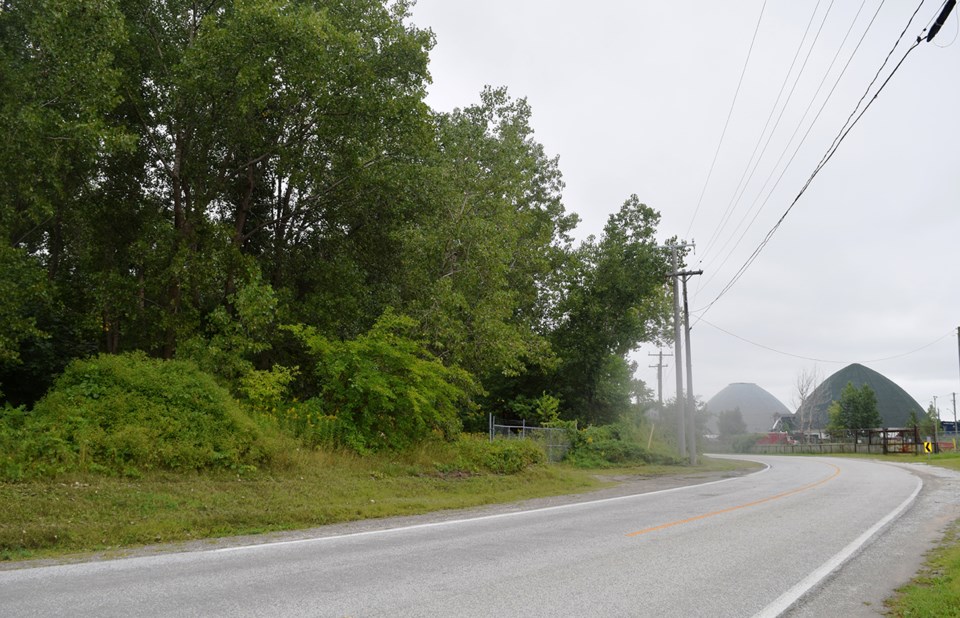Cathy Dobson
An ambitious housing development with the potential to increase the number of homes in Point Edward by 20% has made it past a significant hurdle.
Village council voted unanimously to support developer Paul Wicks' position that the 23 acres (9.3 hectares) where he wants to build at the end of Exmouth Street, is not a protected woodlot.
“I feel that Point Edward council is my partner,” said Wicks after the vote. “They’re willing to work with developers and everyone wins, including the residents who already live there because this is going to help keep their taxes down.”
Wicks purchased the large, densely-wooded property in early summer and plans to build several hundred single residential homes.
Preliminary plans call for “upscale” housing for residents 55 years and older, he said. But that may change.
It’s also possible there could be more than 200 houses, depending on the results of a “species at risk” study this fall.
The development area is low-lying and will require piles for construction, increasing the cost per unit by about $15,000, Wicks said.
“But Point Edward is a desirable place to live and I think it will sell quickly," he said.
“At the end of the day, it’s going to pay the village $700,000 to $800,000 (a year) in taxes.”
But first, there is a long list of studies required. The acreage has already been ruled out as a floodplain, which would have prohibited building. And on Sept. 8, village council agreed it is not a protected woodlot either.
Councillors based their decision on a report from a local arborist hired by Wicks who said most of the land is covered with poplar trees and thick brush.
“At first sight, the property in question appears to be a dense woodlot, but unfortunately the vegetation is primarily a monoculture of poplar trees and invasive phragmites,” the report read. “The woodlot offers little value as a shelter or food source for birds and small animals.”
Lambton County has not designated the property as a woodlot in its Official Plan. So it was up to village council to decide.
Wicks still requires a noise study and archeology study before going ahead with engineering for the development.
The species at risk study takes an entire year so construction isn’t likely for a couple of years yet.
Village CAO Jim Burns noted that council may not believe the land is a valuable woodlot but can still require Wicks to replace a certain number of trees he removes.
“A development of this size is a big deal for any municipality,” Burns said. “But the possibility of 200 families or couples moving into the village is huge.
For a village with 1,000 properties now, adding 200 more is very exciting.”
